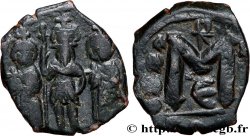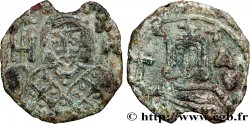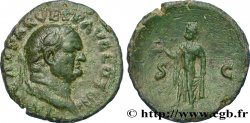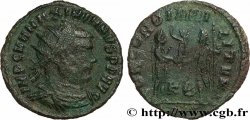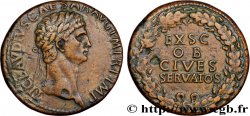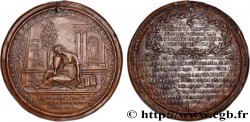Live auction - bby_409642 - HERACLIUS, HERACLIUS CONSTANTINE and HERACLONAS Solidus
You must signin and be an approved bidder to bid, LOGIN TO BID. Accounts are subject to approval and the approval process takes place within 48 hours. Do not wait until the day a sale closes to register. Clicking on "BID" constitutes acceptance of the terms of use of cgb.fr private live auctions.
Bids must be placed in whole Euro amounts only. The sale will start closing at the time stated on the item description; any bids received at the site after the closing time will not be executed. Transmission times may vary and bids could be rejected if you wait until the last second. For further information check the Live auction FAQ
All winning bids are subject to a 18% buyer’s fee.
All winning bids are subject to a 18% buyer’s fee.
| Estimate : | 750 € |
| Price : | 540 € |
| Maximum bid : | 560 € |
| End of the sale : | 08 November 2016 15:13:25 |
| bidders : | 2 bidders |
Type : Solidus
Date: 641
Mint name / Town : Constantinople
Metal : gold
Millesimal fineness : 1.000 ‰
Diameter : 20,5 mm
Orientation dies : 6 h.
Weight : 4,45 g.
Rarity : R1
Officine: 6e
Coments on the condition:
Exemplaire sur un flan bien centré des deux côtés avec le grènetis visible. Faiblesse de frappe sur Héraclius Constantin. Joli revers. Patine de collection
Catalogue references :
Predigree :
Cet exemplaire a été acquis en février 1994 et provient de Conseils Placements
Obverse
Obverse legend : ANÉPIGRAPHE.
Obverse description : Héraclius au milieu, Héraclonas à gauche, Héraclius Constantin à droite debout de face, couronnés, vêtus de la chlamyde, tenant chacun un globe crucigère ; Héraclonas est couronné et de la même taille que son père et son frère.
Reverse
Reverse legend : VICTORIA - AVGYS/ HEP|E/ CONOB.
Reverse description : Croix potencée posée sur trois degrés, accostée du monogramme d'Héraclius dans le champ à droite.
Reverse translation : “Victoria Augusti”, (Victoire de l’auguste).
Commentary
Ce type semble plus rare que ne le laissent supposer les ouvrages généraux. Manque aux principaux musées. Ce type est donné par certains auteurs à Héraclonas seul en 641 entre mars et octobre.







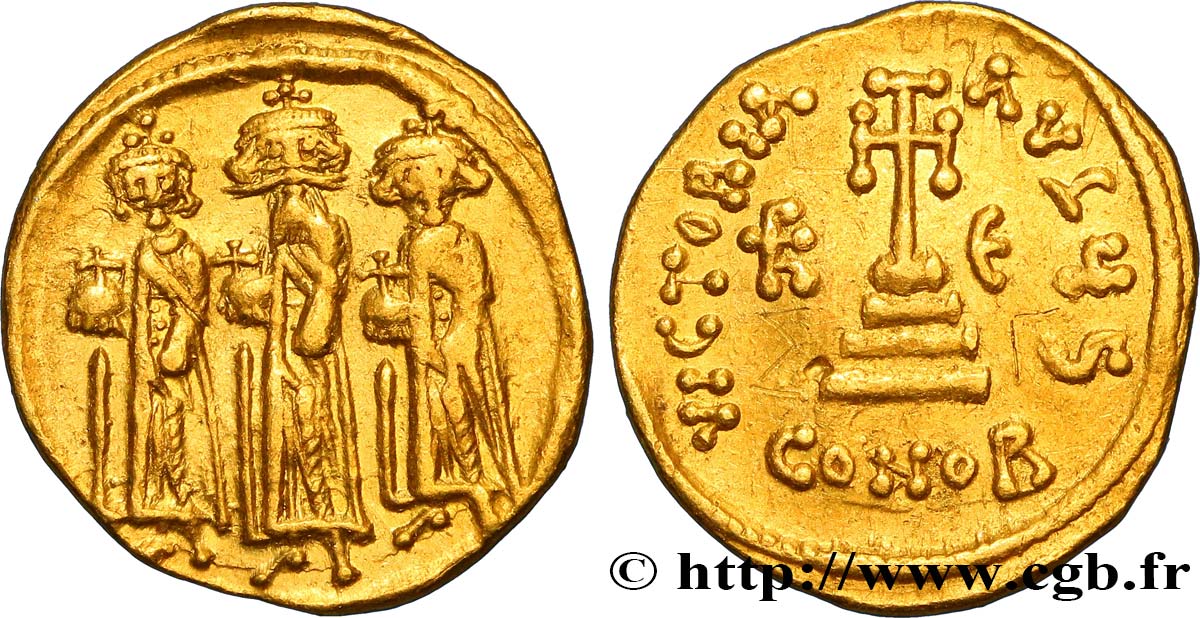
 Report a mistake
Report a mistake Print the page
Print the page Share my selection
Share my selection Ask a question
Ask a question Consign / sell
Consign / sell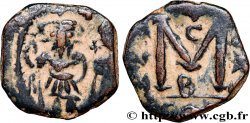
 Full data
Full data
